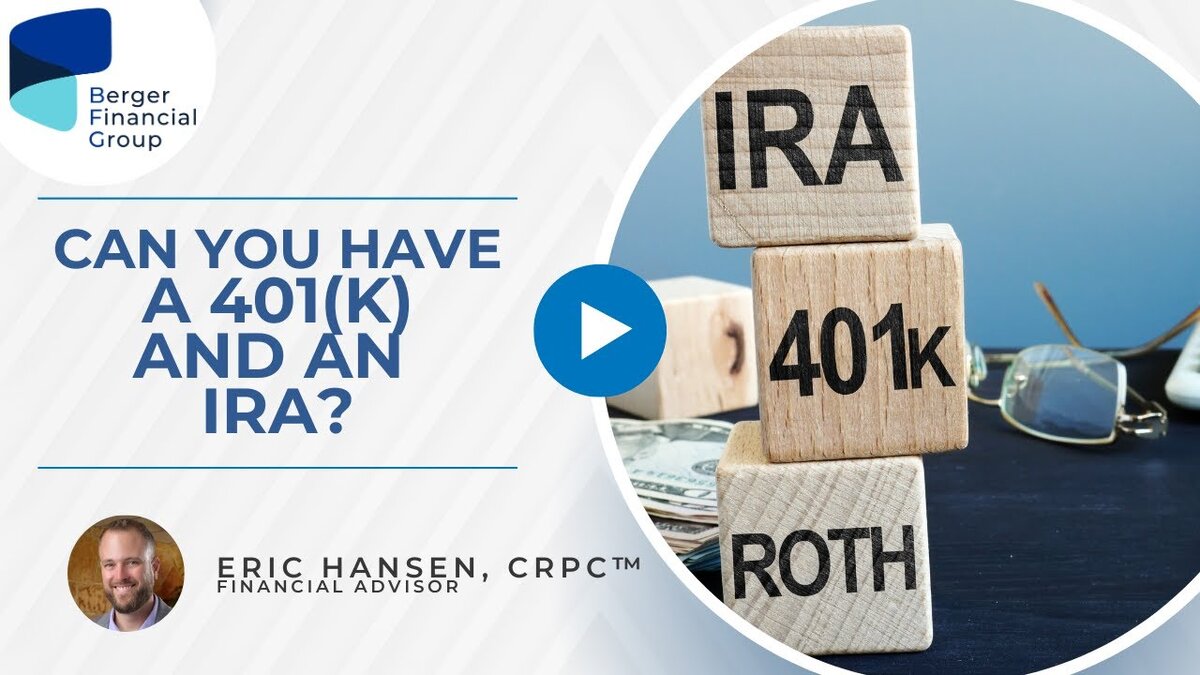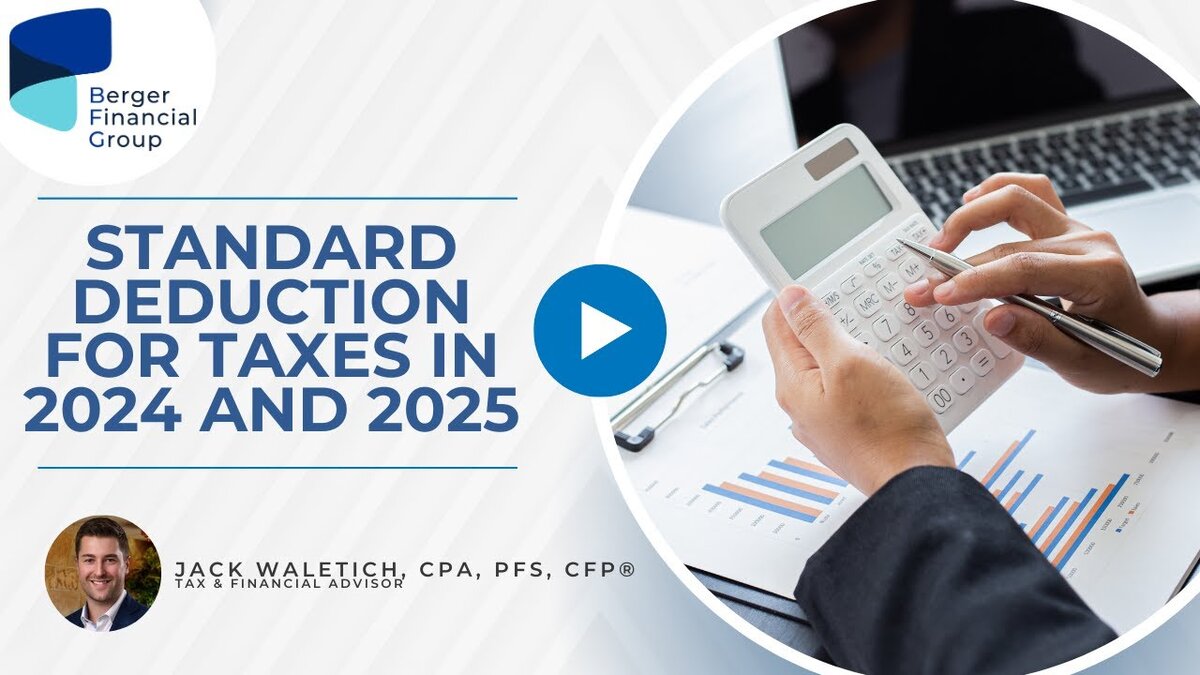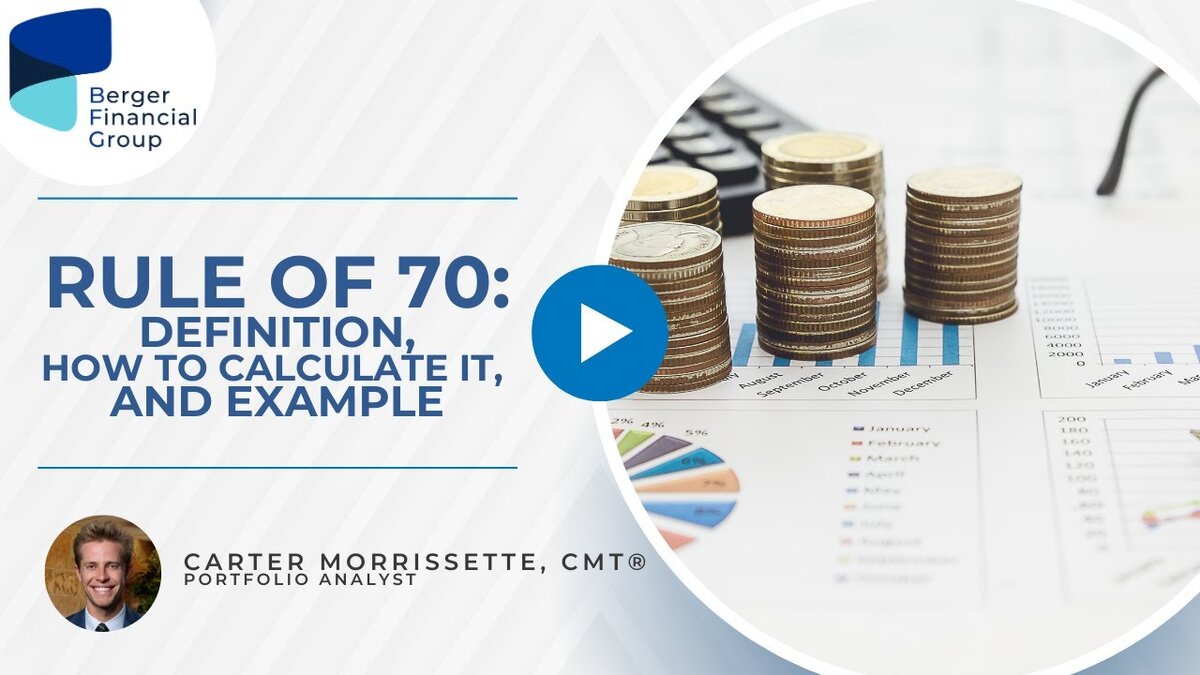Securing your financial future in retirement is a critical concern for anyone planning to leave the workforce. With the excitement of retirement comes the daunting question: How can you ensure your savings last as long as you do? Understanding a safe withdrawal rate in retirement is crucial to making sure your nest egg doesn’t run dry. This concept has evolved over time, with various strategies emerging to help retirees navigate their financial futures confidently.
What Is a Safe Withdrawal Rate?
The idea of a safe withdrawal rate was popularized in the mid-1990s. At its core, this guideline helps retirees determine how much money they can withdraw from their retirement accounts each year without the risk of depleting their funds too soon. A commonly referenced figure is a 3 to 4% withdrawal rate, which has been widely accepted as a benchmark for ensuring that retirement assets last for at least 30 years.
Historical Basis and Assumptions
The 3 to 4% withdrawal rate is grounded in historical data, examining past market performance to predict future sustainability. However, it’s important to understand that this rate is based on several assumptions. Firstly, it assumes a diversified investment portfolio that can withstand market volatility. This means your retirement savings should be spread across various asset classes to balance risk and reward.
Economic Conditions and Market Volatility
While historical data provides a useful guideline, it’s not foolproof. The safe withdrawal rate cannot predict future investment markets or economic conditions, which are inherently uncertain. Market swings, economic downturns, and other unpredictable factors can significantly impact your retirement savings. This uncertainty underscores the importance of regularly reviewing and adjusting your withdrawal strategy in response to changing conditions.
Life Expectancy and its Impact
As life expectancy continues to increase, retirees need to plan for longer retirement periods. This extended lifespan means that the previously accepted 3 to 4% withdrawal rate might need to be adjusted to ensure that your savings can support you throughout your retirement. With more years to plan for, the risk of outliving your savings becomes a critical consideration.
Personalizing Your Withdrawal Strategy
Ultimately, determining a safe withdrawal rate in retirement is a highly individual process. Each retiree’s financial situation, risk tolerance, and retirement goals are unique. Therefore, it’s essential to work closely with a financial advisor who can help tailor a withdrawal strategy to your specific needs. Your advisor can provide personalized advice, taking into account your overall financial picture, anticipated expenses, and investment outlook.
Diversification and Risk Management
A key component of a successful retirement strategy is maintaining a diversified portfolio. This means spreading your investments across different asset classes, such as stocks, bonds, and real estate, to mitigate risk. A well-diversified portfolio can better weather economic downturns and provide a more stable source of income during retirement.
Adjusting Your Strategy Over Time
Retirement planning is not a one-time event; it requires ongoing adjustments and reviews. As you progress through retirement, your financial needs and market conditions will change. Regularly reviewing your withdrawal rate and making necessary adjustments is vital to ensuring your retirement savings last. This proactive approach helps you stay on track and make informed decisions based on the latest economic and market conditions.
Conclusion

Understanding what a safe withdrawal rate in retirement means is crucial for anyone planning their golden years. While the 3 to 4% rule offers a general guideline, it’s essential to recognize the assumptions and limitations behind this figure. By working closely with a financial advisor, diversifying your portfolio, and regularly reviewing your strategy, you can create a sustainable withdrawal plan that supports your retirement goals and adapts to changing circumstances. With careful planning and flexibility, you can enjoy a financially secure and fulfilling retirement. Contact Berger Financial Group today to start planning your secure retirement.






